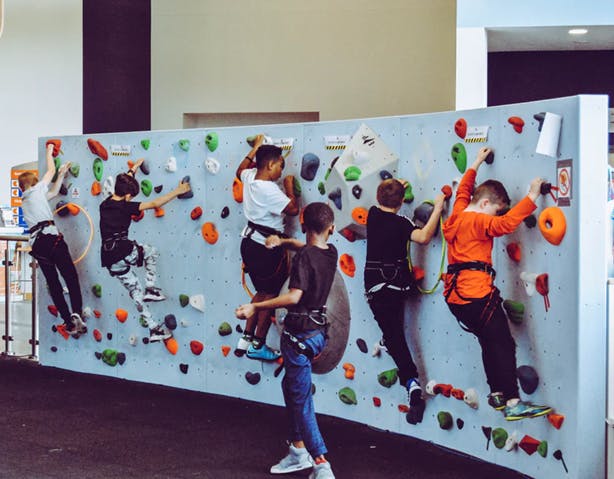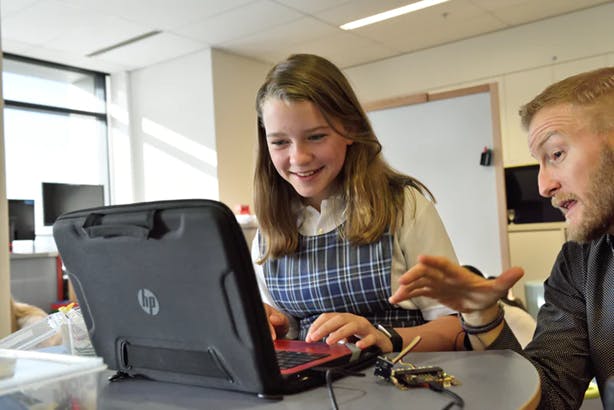I am thankful for: Read&Write
This guest blog post was originally featured in the ISTE Mobile Learning Network's November 2019 Newsletter.
Educational technology can transform learning for our students through video chats, blogging, movie making, virtual field trips, STEM/STEAM projects, and augmented reality. Using the ISTE Empowering Learner Standard for Students, technology both synchronous and asynchronous provides opportunities for students to “take an active role in choosing, achieving and demonstrating competency in their learning goals, informed by the learning sciences.”
While digital learning has the potential to personalize and individualize learning, it comes with a price for many of our students. Students with learning disabilities, visional impairments, physical limitations, and language barriers struggle with a one size fits all education. For these students, learning can feel like climbing up a rock wall without a belay rope or climbing holds. Assistive technology that supports students with guidance, resources, and tools guarantees that students grow to their potential and gain the independence necessary to improves learning outcomes.
20% of school-aged students have Language-Based Learning Disability Dyslexia. These young learners struggle with reading fluency, decoding, reading comprehension, recall, writing, spelling, and speech. Read&Write, a Texthelp product, is an assistive technology that has transformed the learning environment for not only students with dyslexia but English language learners and students with a myriad of literacy challenges. As highlighted on the Texthelp website, “Literacy is every student’s passport to academic achievement.” and Read&Write “gives all students the confidence to increase their literacy skills.“
I am thankful for the ways that Read&Write has transformed learning in my district. I have observed the impact this program has on student achievement, confidence, and engagement across grades, course levels, and content areas. Students take their learning into their own hands by determining where and when they need assistance with reading comprehension. No longer solely reliant on teachers, classmates, and support staff to access their education, they now have the ability at home and at school to develop reading and writing skills using documents, presentation tools, pdfs, websites, and articles.
Accessible on Windows PCs, Macs, Google devices, iPad, and Android tablets, Read&Write document tools change the literacy game by empowering students to be independent students in Pre-K through higher ed educational settings.
These student-centered literacy assistive technology tools include:
Text to Speech
Screenshot Reader
Collect and Clear Highlighters
Fact Finder
Talking and Picture Dictionaries
Vocabulary List Builder
Word Prediction
Speech Input
Customizable Settings
Translator
Voice Notes
Help Options
While not an edtech tool or software, I am truly thankful and humbled by educators in all of our districts who have the courage, commitment, vision, and enthusiasm to find innovative ways to connect with students. As a technology director, it is my responsibility to ensure that students and teachers have access to educational tools that support skill-building, creativity, collaboration, and personalized learning. The reality is that without amazing educators driving the “edtech bus,” interactive boards would be used as overhead projectors, learning management systems (LMS) would be storehouses for pdf type documents, and Chromebooks would only be turned on to access Google Drive and Netflix.



